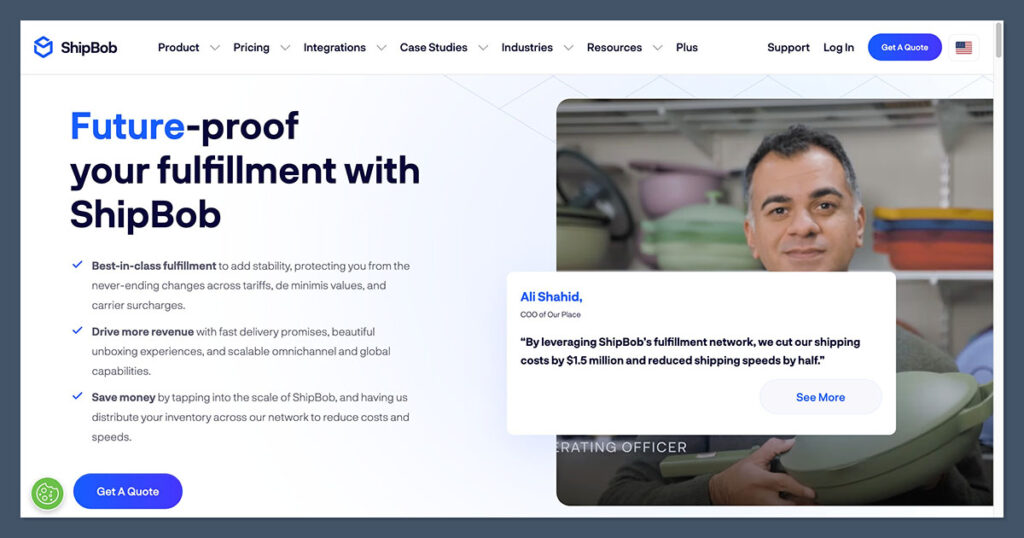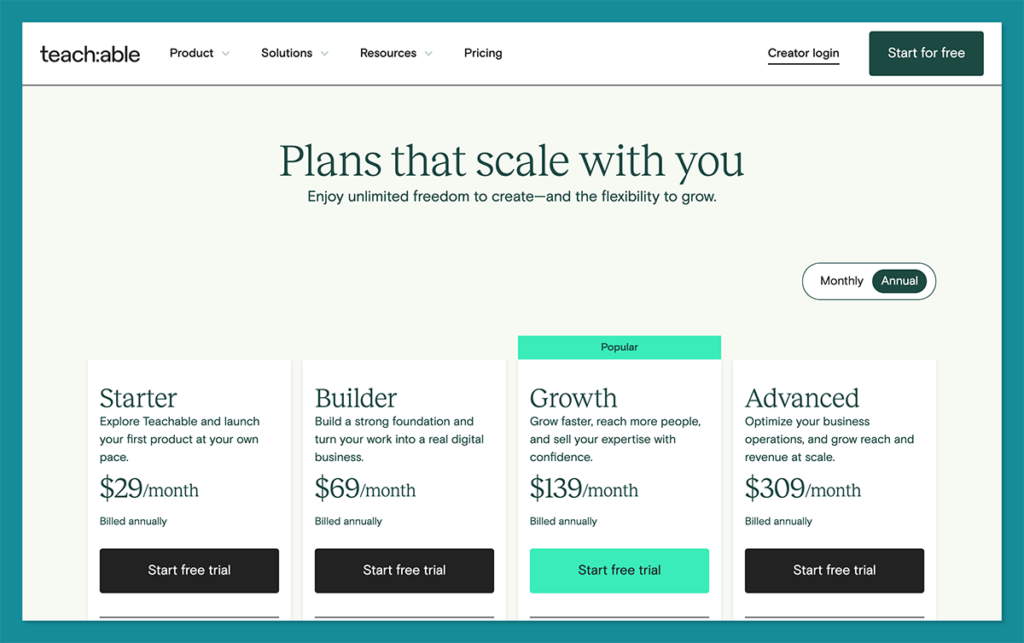What are tariffs?
Tariffs are taxes that governments place on goods imported from other countries. In Canada, they’re typically collected at the border by the Canada Border Services Agency and added to the total cost of the imported goods.
Governments use tariffs for different reasons:
-
To protect domestic industries by making foreign goods more expensive.
-
To negotiate trade advantages or respond to other countries’ policies.
-
To raise revenue for public spending.
The type and amount of a tariff can significantly influence a company’s profit margins and the final price consumers pay.
How are tariffs calculated? It depends on the type of tariff imposed.
-
Ad valorem tariffs are a percentage of the good’s value (e.g., 10% of a $100 item = $10).
-
Specific tariffs are a fixed amount per unit (e.g., $4 per shirt, no matter its retail price).
Tariffs also differ based on why they’re imposed. Reciprocal tariffs are mutually agreed-upon rates between trading partners, often part of trade deals. Retaliatory tariffs, on the other hand, are imposed in direct response to another country’s tariff hike to apply economic pressure or gain leverage in negotiations.
Keep reading: What is a Tariff and How Will the New Tariffs Work?
Canada tariffs 2025: An overview

For years, the US and Canada maintained reciprocal tariffs under free trade agreements—first through NAFTA, and more recently, the 2020 United States–Mexico–Canada Agreement (USMCA).
However, in early 2025, President Donald Trump’s administration introduced new US tariffs on Canada. The goal was to boost domestic manufacturing, address trade imbalances, and strengthen supply chains.
The new policy included:
In response, Canada’s Prime Minister Mark Carney imposed tariffs on various American goods.
Why is Canada imposing new tariffs?
Canadian tariffs on US goods are driven by economic and political factors. First, they’re a direct response to changes in US trade policy, countering increased tariffs imposed by the United States.
Second, they aim to protect Canadian jobs and manufacturing by making American imports more expensive and encouraging Canadian consumers to buy domestically.
Finally, these tariffs are likely to help preserve Canada’s leverage in future tariff negotiations, giving the government more bargaining power in ongoing trade discussions.
Who’s affected?
The new Canada tariffs on US goods impact both businesses and consumers, influencing everything from fulfillment costs and product availability to final pricing.
Who pays the tariffs? While tariffs are officially levied on the importer, the reality is more complex. The business that brings the products into the country is required to pay the fee up front, but that cost doesn’t just vanish.
For example, if Canada imposes a 25% tariff on t-shirts made in the US, the importer pays that extra 25% when the goods enter the country. While some businesses might absorb that cost to avoid raising prices, most companies pass it down the supply chain, charging retailers more or increasing the final price for consumers.
So even though importers foot the bill initially, the financial impact often lands on the end customer. It’s a ripple effect that influences pricing, profit margins, and ultimately, access to goods.
Categories of goods impacted by tariffs
In response to President Trump’s tariffs on Canadian imports, Canada has imposed a 25% tariff on a wide range of US goods.
The Canadian tariffs cover a broad mix of consumer and industrial products, including:
For businesses, these increased tariff rates might lead to customs delays and price hikes from certain suppliers. Companies relying on cross-border trade should reassess their supply chains and explore alternative sourcing strategies to minimize the impact.
Canada tariffs and print-on-demand

Tariffs don’t just impact raw materials like those used in the aluminum and steel industries—they also apply to apparel, accessories, and other goods commonly used in print-on-demand. This means the same product might be cost-effective to import one month but become financially unviable the next if duty rates change.
How Printful can help
For sellers who rely on cross-border imports and fulfillment, Canada tariff costs can impact margins, sourcing decisions, and the customer experience if there are delays. Fortunately, Printful is built to ride out disruptions like these.
Here’s how Printful cushions the impact of tariff changes:
-
Local fulfillment: We print and ship your products within the same region as your customers. By minimizing cross-border shipping, most orders avoid high tariffs and customs delays. This approach allows you to serve both Canadian and American consumers more efficiently, without added costs.
-
Tariff-smart routes: Our fulfillment system automatically chooses the most strategic facility based on the destination. This helps reduce tariff exposure and keeps delivery times fast, which is especially important when managing larger shipments or serving multiple regions.
-
Stable pricing: While tariffs are beyond any merchant’s control, we help reduce the impact by optimizing fulfillment locations and keeping consistent pricing wherever possible. Most Printful products remain unaffected by the recent changes, and we’re actively monitoring regulations to stay ahead.
To protect your margins, regularly check which products you export most frequently and how your pricing aligns with current trade policies between the two countries. Keep in mind that regulations around personal use versus bulk imports can also affect how items are classified and taxed.
To summarize
The recent US–Canada tariffs are a powerful reminder that global commerce is always changing. These policies not only affect bulk trade and industrial sectors but also everyday sellers and consumers who rely on smooth fulfillment and accessible pricing.
In this whirlwind economy, adaptability is everything. Printful’s global fulfillment network, local production options, and smart routing help businesses keep costs under control without sacrificing quality or delivery speed. Whether you’re shipping within Canada, across the northern border, or to markets around the world, print-on-demand is built to minimize disruption, preserve margins, and help you remain competitive.
Trade challenges may come and go, but Printful helps you ride out the uncertainty, so your brand can thrive no matter how the policy winds shift.




